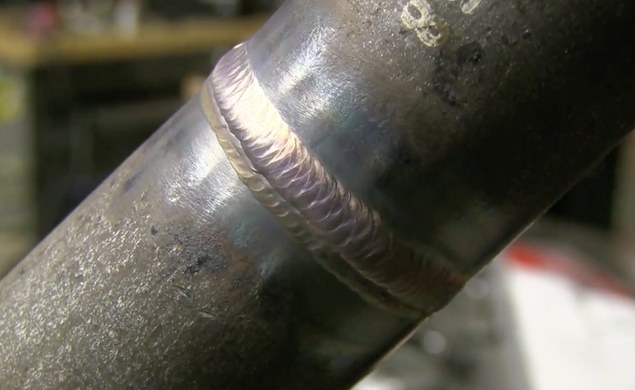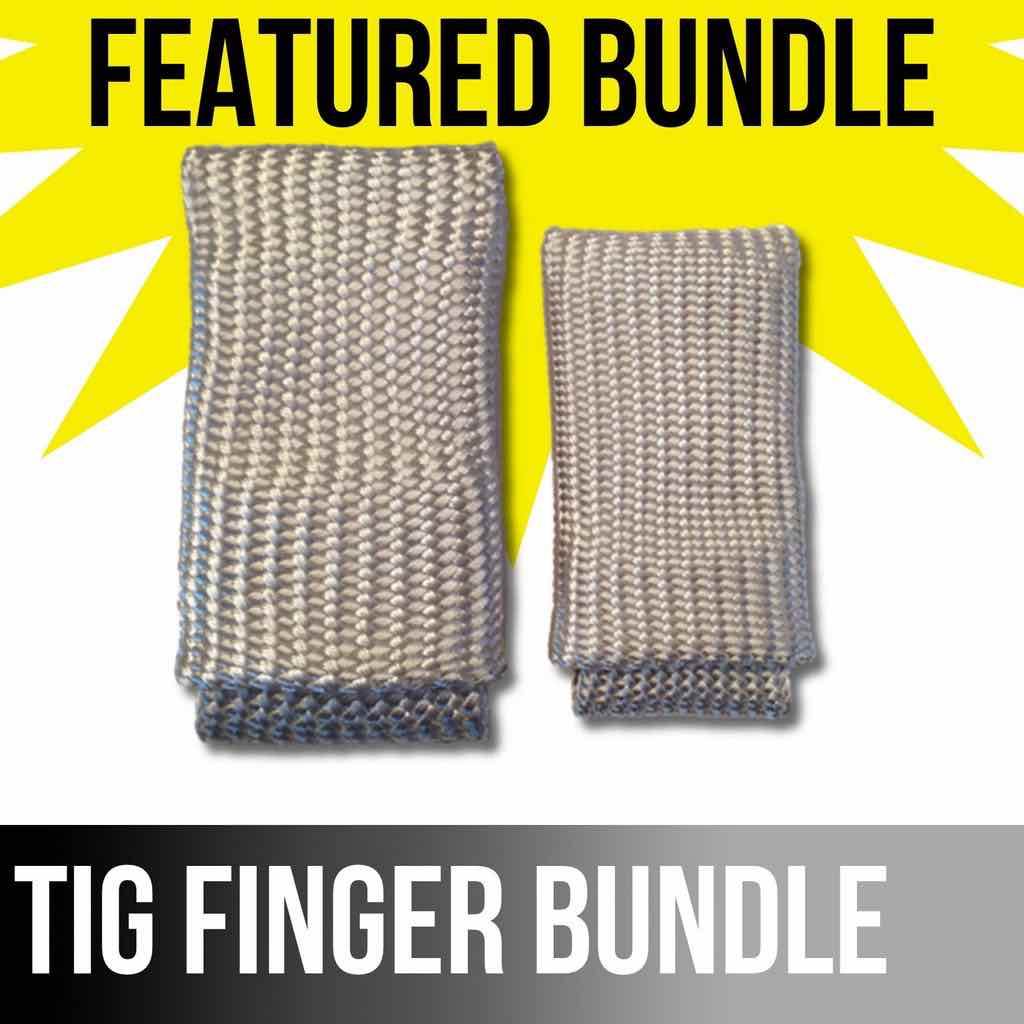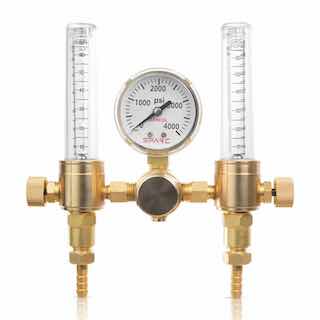UA41 6g welding test walking the cup on cover pass
A 6g welding test is often the gatekeeper to a good paying welding job.
And some employers prefer that you are able to "walk the cup."
So hopefully, this video will provide a few tips that will help someone pass a 6g test and get the job they want.
This
is a 2 inch schedule 80 pipe that has been counter bored a bit so the
wall thickness is slightly less than a normal 2 inch schedule 80 pipe.
A 6g 2 inch schedule 80 carbon steel pipe welded with 309 ss rod is a pretty common welding test and it is also known as the UA 41 welding test.
I bought these pipe test coupons from triangle engineering
and they come pretty much ready to weld with some deoxy aluminite rust
inhibitor on them. They are machined to 37.5 degrees bevel which is
pretty standard for pipe welding tests administered to the ASME section
IX code.
To help with getting a perfect fitup with no mismatch (also
called hi-lo) they are counter bored so that all the inside diameters
are the same.
I prepped the pipes using a flap disc for the
outside diameter and also used an abrasive cartridge for the inside
diameter and I made sure all surfaces to be welded were clean bright
metal with no residue of mill scale.
I used a 1/8" gap, with a
feather edge, a 3/32" filler rod for the root pass, a 1/8" filler rod
for the hot pass, and back to 3/32" filler rods for the cap.
Filler rods were all er309 stainless.
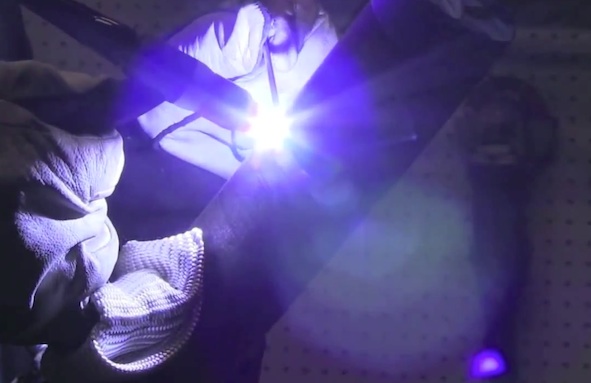
Using 309 to weld carbon steel pipe
Its very common practice to use carbon steel pipe along with 309 stainless rod for welding tests and in some instances, the welder can be qualified to weld both stainless and carbon steel with one test joint. So ...employers get a lot of bang for their buck with this welding test.
309 welding rods are also used in the field to weld carbon steel pipe to stainless pipe.
I personally use a dip keyhole technique for the root pass because progression moves slow enough for me to reposition my hands and body.
And when I use the term keyhole, I am referring to the opening created by the edges of the bevel at the leading edge of the puddle on the root pass....it resembles an old school keyhole.
There are several other techniques that work on a test like this like back feeding, or lay wire...and I will try to address those in future videos but for this video, I tried to show what I think are the most bulletproof techniques for passing this test.
The root pass does not require much amperage at all. like around 70-80 amps and sometimes as low as 65 depending on gap and edge prep.
For the second pass, I use a 1/8" rod and a bit more amperage ....close to 100. But be careful here. The biggest goal of the hot pass is not to disturb the root pass at all. You dont want to weld a good root pass only to screw it up with the hot pass. Thats why I recommend letting the pipe cool completely after the root pass is in.
IF the root pass was heavy enough , the hot pass pretty much fills up the groove on these pipe coupons...but if you are still below flush more than 1/32" , you probably want to weld another fill pass before the cap.
For the cover pass on this welding test, I used the walking the cup technique.
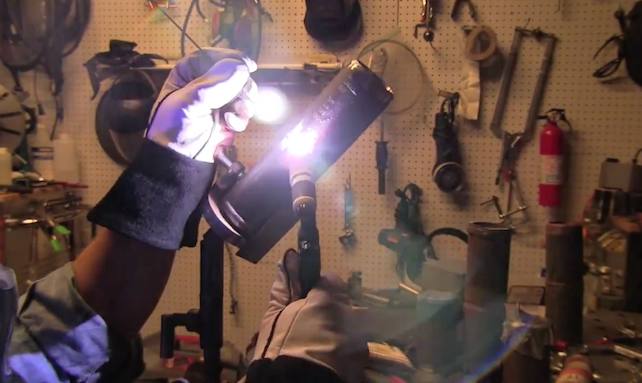
Walking the cup is much like walking a 55 gallon drum across the floor.
you roll it sideways a bit, and then you tilt it the other way and roll
it a bit that way and doing that makes a nice uniform progression.
You can do the same thing with a drinking glass on your dinner table.
the
only difference with a tig cup is that there is a handle attached so
some wrist movement is required to make the action work.
For 2 inch pipe, you can walk the cup. But for anything smaller, I would free hand with a tig finger.
And
speaking of using a TIG finger, I asked for some feedback in the
comments of this youtube video. So if you are thinking about a TIG
finger, just read some of the comments to help you make up your mind.
